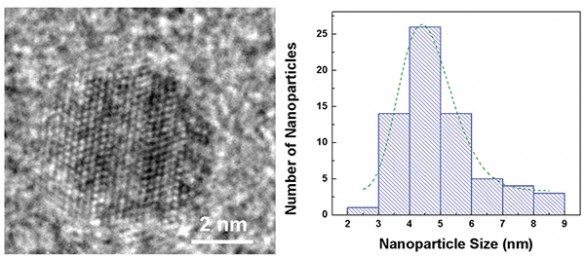Better, Cheaper, Faster. That was the mantra when your editor worked in the semiconductor manufacturing world. Designs, processes and materials were all recalibrated constantly to enable the march toward those three goals. And to some extent, constant repetition helped us achieve the ideal of Moore’s Law, the dictum that computer chips would double the number of transistors they contained every two years. Transistor density in computer chips determines the level of performance they can achieve, and this doubling has yet to reach its end. Unfortunately, batteries haven’t doubled in performance every two years, but seem to follow an annual five-to-eight-percent increase in energy density. This would mean, at best, that energy densities would double every nine years. The Tesla Forum notes this progress would not be continuous, but introduced in steps. Without either party sharing much information on the energy densities of their experimental cells, researchers in America and Switzerland find the “super environmentally friendly” nature of fool’s gold in batteries …
EAS IX: Materials Design for Battery Breakthroughs
Dr. Yi Cui’s presentation title ended with, “from Fundamental Science to Commercialization,” an indication of the long, tough road that new developments are forced to take. Considering that Sony introduced the Lithium battery as a commercial entity in 1991 (and that following at least an 18-year slog from laboratory to mass production), mostly incremental changes have come for the chemistry, echoing Dr. Cui’s pronouncement at EAS III that lithium batteries followed a “growth curve” of about eight percent per year, meaning that about every nine years, they should double in performance. Cui’s estimate has been borne out in reality, Nature magazine reporting in 2014, “Modern Li-ion batteries hold more than twice as much energy by weight as the first commercial versions sold by Sony in 1991 — and are ten times cheaper. But they are nearing their limit. Most researchers think that improvements to Li-ion cells can squeeze in at most 30% more energy by weight.” Cui spoke of attempting …
Solar Cells – All That Glitters Need Not Be Gold
The search for less expensive solar cells drives many lines of research these days, with trends toward smaller collectors and less expensive materials leading the way. Many solar cells use gold and other pricey metals to provide junctions within the cell structure. Gold closed Friday at $1,204.00 per troy ounce on the London Metal Exchange, and nickel at $10.01 per pound. That would make gold worth $17,558 per avoirdupois pound (14.583 troy ounces per pound), or 1,754 times more expensive than nickel. According to Gizmag, University of Toronto investigators found that substituting nickel for the previously used gold as collection contacts in their colloidal quantum dot solar cells provided equal performance, at a 40 to 80-percent drop in solar cell prices. Following that math, current pricing of solar cells such as Ascent’s thin film units at $6.00 per Watt could drop to $2.40 to $1.20 per Watt; near the $1.00 per Watt goal many cell makers have long sought. …

